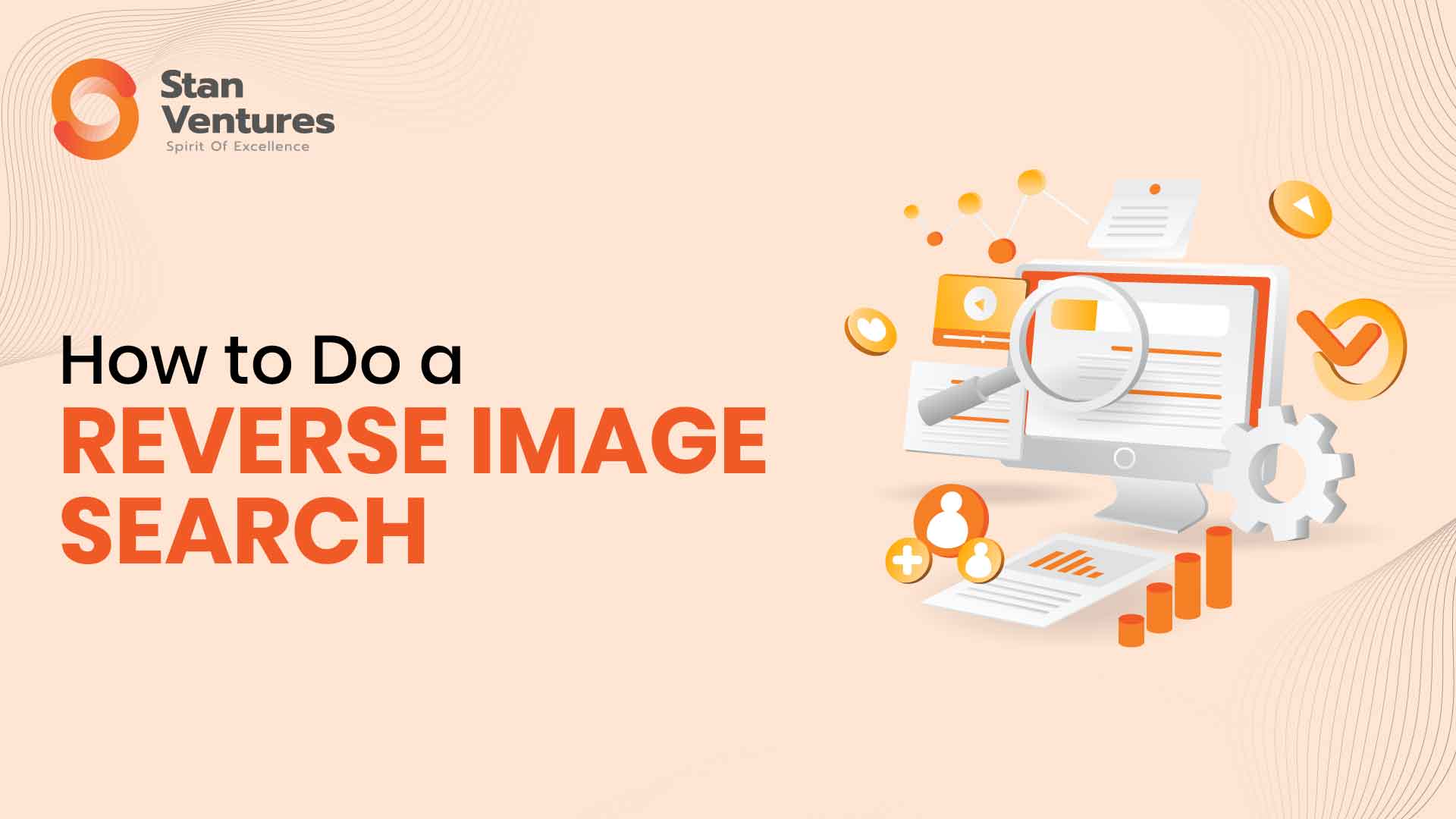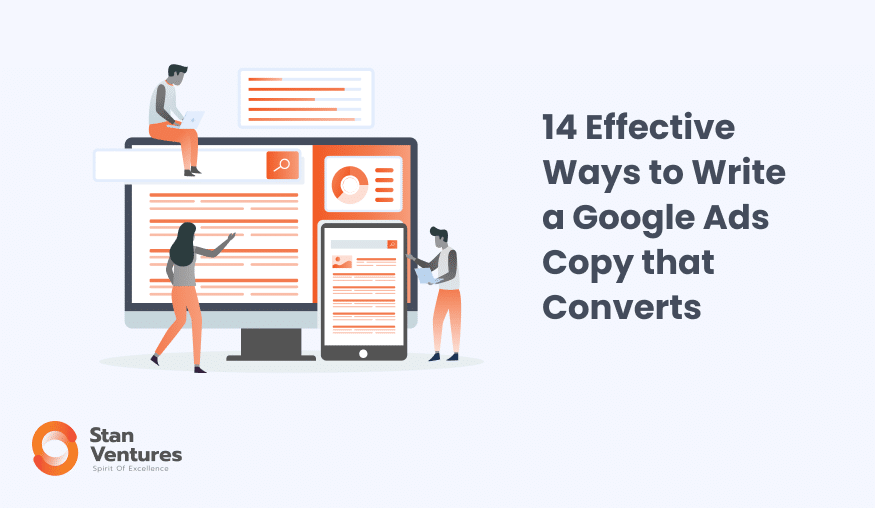Table of Contents
Search engine optimization (SEO) is a complex strategy, as it can be influenced by hundreds of different factors. According to this guide from Banklinko, there are more than 200 ranking factors to consider, and depending on how you want to define “ranking factor,” there may be even more to review.
It’s no secret, then, that your other digital marketing strategies will inevitably play a role in how your SEO campaign develops. Strategies like content marketing, social media marketing, and influencer marketing can all improve your SEO in more or less obvious ways. But what about creating and distributing an email newsletter for your brand?

The short answer is yes, email newsletters can boost your SEO—but this effect manifests in some unexpected ways.
Symbiotic Marketing Strategies
First, you should know that email newsletters and SEO are two strategies that complement each other. Your email newsletter can improve your SEO, and your SEO strategy can improve the effectiveness of your email newsletter. We’ll explore effects in both directions while focusing primarily on how email newsletters can improve SEO.
For now, think of these effects generally. As your SEO improves, your site will get more popular, and you’ll earn more organic traffic from search engines; with more visitors, you’ll get more newsletter signups, and therefore, more interested customers and prospects. Simultaneously, a wider distribution of your email newsletter will increase its positive effects on your SEO strategy.
This complementary, mutual relationship can be found across many digital marketing strategies, so it’s important to utilize an omnichannel approach.
With this in mind, let’s take a look at the various ways an email newsletter can improve your SEO strategy.
Qualified Traffic and Onsite Behavior
Assuming you build your subscriber base organically, every person who receives your newsletter will be at least marginally interested in your brand. If they click your email links to visit your site, you can consider them “qualified visitors.” In other words, they’re visitors most likely to stick around, read your content, and/or eventually purchase something.
Though precise measurements aren’t available, it appears that certain user behavior metrics can influence your search engine rankings. For example, dwell time or time spent on a page can be an indication that your content is valuable—and can serve as a positive ranking signal for your website.
Cultivating a loyal audience with the help of your email newsletter can shift these user behavior metrics in your favor, ultimately supporting your other SEO strategies. Of course, user behavior metrics by themselves will not be sufficient to boost your rankings.
Content Distribution (and Links)
Content is the heart of any SEO strategy, and your email newsletter will play an important role in distributing it. You can think of content in two broad categories: onsite content and offsite content.
Onsite content serves multiple purposes; it allows you to optimize for various keywords and phrases, including them on your site to increase its likelihood of ranking for those queries. It also serves as a basis to attract new links. In case you aren’t familiar, links have the power to increase your domain authority or trustworthiness in Google’s eyes. Attracting more high-quality backlinks will inevitably increase your rankings sitewide.
Offsite content is useful both for improving your brand visibility and building offsite links.
Here’s where email newsletters come into play. You can use newsletters to distribute your best onsite and offsite content, with an emphasis on onsite content. Introducing it to more people will increase its visibility, which leads to earning more links and performing better overall. More visibility and traction for your offsite content will also allow you to improve your reputation, helping you land a spot on more offsite publications.
This effect is exaggerated further if you provide social links in your email newsletter. It should be easy for your subscribers to share your content on their social feeds; as long as you’re providing them with the material they want to share, it will work in your favour. Use one of these email marketing tools to help with your campaign.
New Content Potential
Not all your email newsletters will feature content that you’ve already developed. Instead of featuring your top onsite and offsite blog posts, you might write entirely new pieces of content specifically for the email newsletter. For example, you may write about recent industry development, or announce a forthcoming new product.
This way, your email newsletter can serve as inspiration for content you develop in the future.
For example, let’s say you write an email newsletter with three topics: topic A, topic B, and topic C. Your audience has a mixed response to topics A and C, but are thrilled about topic B. If you can create more onsite and offsite blog posts on topic B, you are guaranteed that your audience will be interested in reading them.
Keyword Research
If you have experience in SEO, you understand the importance of keyword research. Ultimately, your goal is to choose keywords that are relevant for your audience, high in search volume, and low in competition. But there isn’t a straightforward formula to follow, and even under ideal circumstances, making final choices can be difficult.
Your email newsletter can help you make more confident keyword decisions. For example, you can send multiple variants of your latest email newsletter with different words and phrases in the subject line. If one gets significantly more traction than the other, it could be an indication that those keywords are more valuable. The same strategy can be applied to keywords in headlines within the body of your email newsletter.
Obviously, this isn’t a straightforward relationship; just because a keyword functions well as a subject line or email body headline, it doesn’t mean it’s going to help you see better SEO results. But when combined with a proper keyword research strategy, it can help you have a better understanding of your targets (and potentially break some ties).
Brand Awareness
Email newsletters can also boost your SEO by doing what they do best: promoting the image and awareness of your brand. If you’re able to keep your loyal followers invested, and keep appealing to new subscribers, your brand reputation will eventually grow.
When that happens, you’ll trigger a cascade of secondary effects. People will visit your site more often and stay longer. More people will read, share, and link to your content. You’ll even be more likely to get invites for guest post opportunities. All of these effects can increase your rankings, especially when compounded over time.
Keys to a Successful Email Newsletter for SEO
If you want your email newsletter to improve your SEO, there are a few important keys to your success:
Build your subscriber list organically
This is good advice for any email newsletter strategy, but make sure you’re building your subscriber list organically. It’s possible and occasionally recommended to purchase a list of email addresses to serve as the foundation for your email blasts, but for most brands, this is a terrible approach. Irrelevant users definitely won’t stick around, and if too many people flag your message as unwanted spam, it could prohibit you from sending email blasts from the same server in the future. Instead, build your subscriber base from people who are genuinely interested in your content.
Prioritize quality
Many newcomers to the world of email marketing make the mistake of favoring quantity over quality; they send out a bunch of emails to maximize their potential return. Instead, it’s better to prioritize the quality of your content and provide your readers with the best material you can and keep it relevant to their interests.
Experiment with different types of content
Speaking of content, make sure you experiment with many different types of content. This is important for keyword analysis as well as the long-term development of your newsletter. For example, do drip-marketing campaigns work well with your audience? Only by introducing subscribers to different topics, formats, and mediums will you learn what works with your audience.
Measure and analyze everything
Similarly, it’s important for you to measure and analyze everything, both in your SEO campaign and in your email newsletter. The only way to determine whether your tactics are working is to study your objective outcomes; are your rankings increasing? Are you earning more links? Are you seeing higher rates of organic traffic? Which types of content are featured in your best-performing email newsletters? Do follow-up emails to people who didn’t open the first one work?
Make it easy to share your content.
One of the most powerful effects of an email newsletter strategy on SEO is its ability to help you distribute content. Maximize this benefit by making it easy to share your content; include buttons to share your email content on social media.
Incorporate other channels for the ultimate feedback loop
Email newsletters and SEO have good synergy but don’t neglect other digital marketing channels that can turn your online marketing campaign into a comprehensive, well-oiled machine.
Final Thoughts
SEO strategies perform better when they’re complemented by other supportive digital marketing strategies, including the distribution of an email newsletter. Keep this in mind while planning and executing your SEO strategy, and be ready to adjust your tactics as you gather and analyze more data.
Get Your Free SEO Audit Now!
Enter your email below, and we'll send you a comprehensive SEO report detailing how you can improve your site's visibility and ranking.

You May Also Like
Best SEO Podcasts to Listen to in 2024
If you want to learn SEO or get actionable insights to grow your website on the go, make sure you explore these podcasts.
How to Do a Reverse Image Search Smartly in 2024
There have been a lot of upgrades in the last few years, especially from Google around how image search results are displayed.
14 Effective Ways to Write a Google Ads Copy that Converts
Looking for effective ways to write Google ads copy that converts? Read on to get rich insights!





Comments